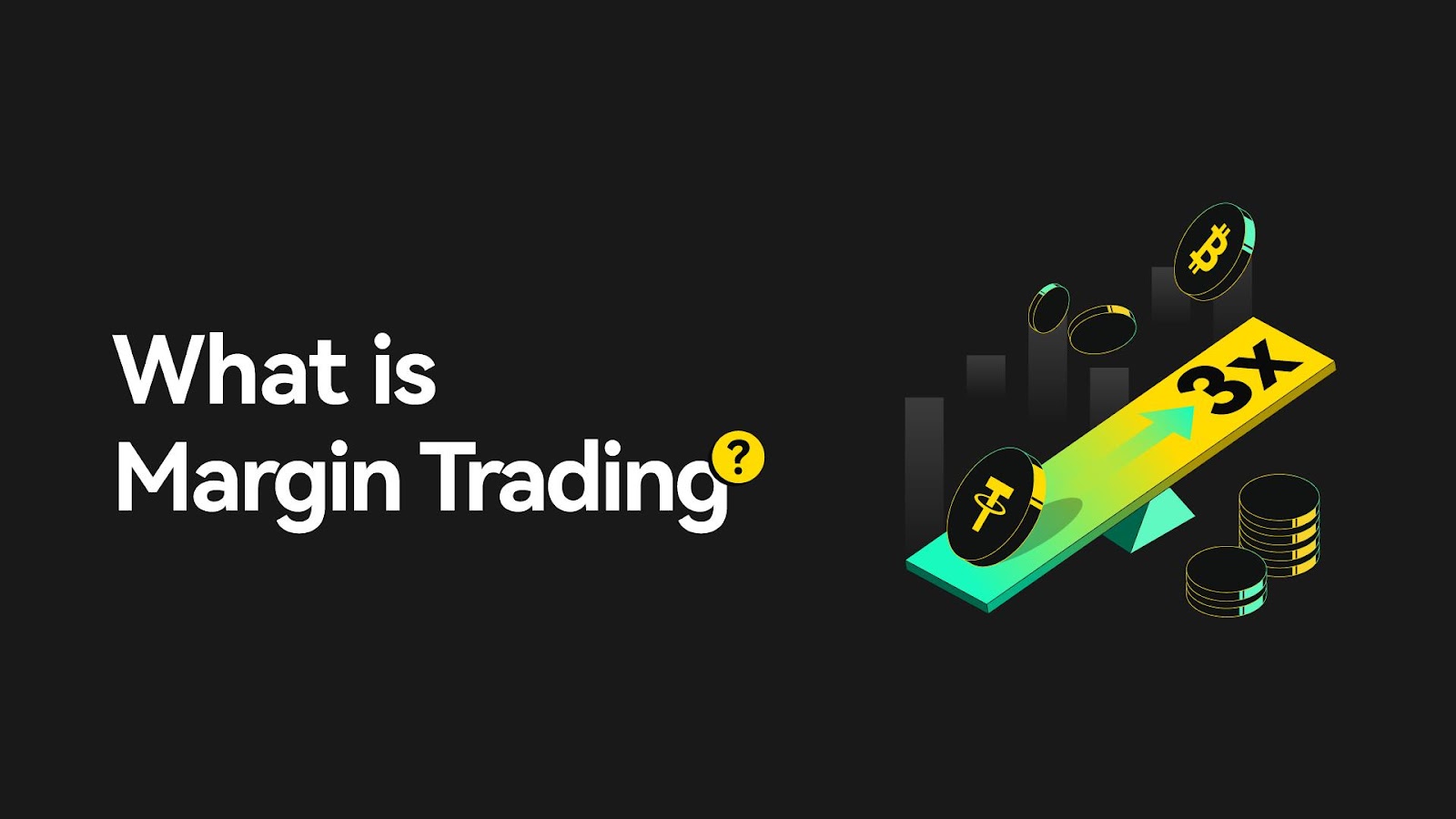
Cross Margin Trading is a leverage trading mode that pools all account assets into a single margin pool, utilizing cross-collateralization for risk management and capital allocation. Compared to Isolated Margin Trading, it offers higher capital efficiency and greater trading flexibility. However, losses from one trade can affect all positions in the account, making diligent risk management and capital monitoring essential.
How Cross Margin Works
Cross Margin integrates the total value of all assets in an account to calculate the Margin Ratio, defined as:
-
When the Margin Ratio falls below the platform’s Margin Call Threshold, users are required to add funds.
-
If it further drops below the Liquidation Threshold, the system triggers a Liquidation, automatically selling positions to repay borrowed funds, potentially resulting in the loss of all assets.
👇The following simulated case (excluding fees and interest for simplicity) illustrates how Cross Margin operates.
Case Study: Cross Margin Trading Simulation
Day 1, User A conducts trading using a leverage account with the following parameters:
-
💡User A uses 4,000 USDT of their own capital, borrows 8,000 USDT, and allocates a total of 12,000 USDT to purchase 3 ETH and 3 BCH, resulting in an initial Margin Ratio of 1.5.
Market Changes and Margin Ratio Fluctuations
Day 2: Market Divergence
Conditions:
Calculate as:
-
👉 The ratio remains above the assumed Margin Call Threshold (1.16), so the account stays within the safe range for continue normal trading.
Day 3: Significant BCH Decline
Conditions:
Calculate as:
-
👉If the margin ratio falls below the Margin Call Threshold (1.16), a 「Margin Call」 is triggered. Without additional funds, further price declines pushing the ratio below the Liquidation Threshold (1.1) will prompt a 「Liquidation」.The system will sell positions to repay borrowed funds, potentially resulting in a complete loss of assets.
Applications and Risk Considerations for Cross Margin
Applications
Cross Margin is suitable for traders with larger capital pools who seek flexible asset allocation, as it maximizes the use of all funds in the account to enhance leverage efficiency.
Risk Considerations
Since all positions share the same margin pool, price fluctuations in a single asset can affect the entire account’s Margin Ratio, amplifying loss risks. Recommendations include:
-
Monitor and track risk in real-time.
-
Implement stop-loss mechanisms to limit potential losses.
-
Select appropriate leverage multiples based on market volatility.